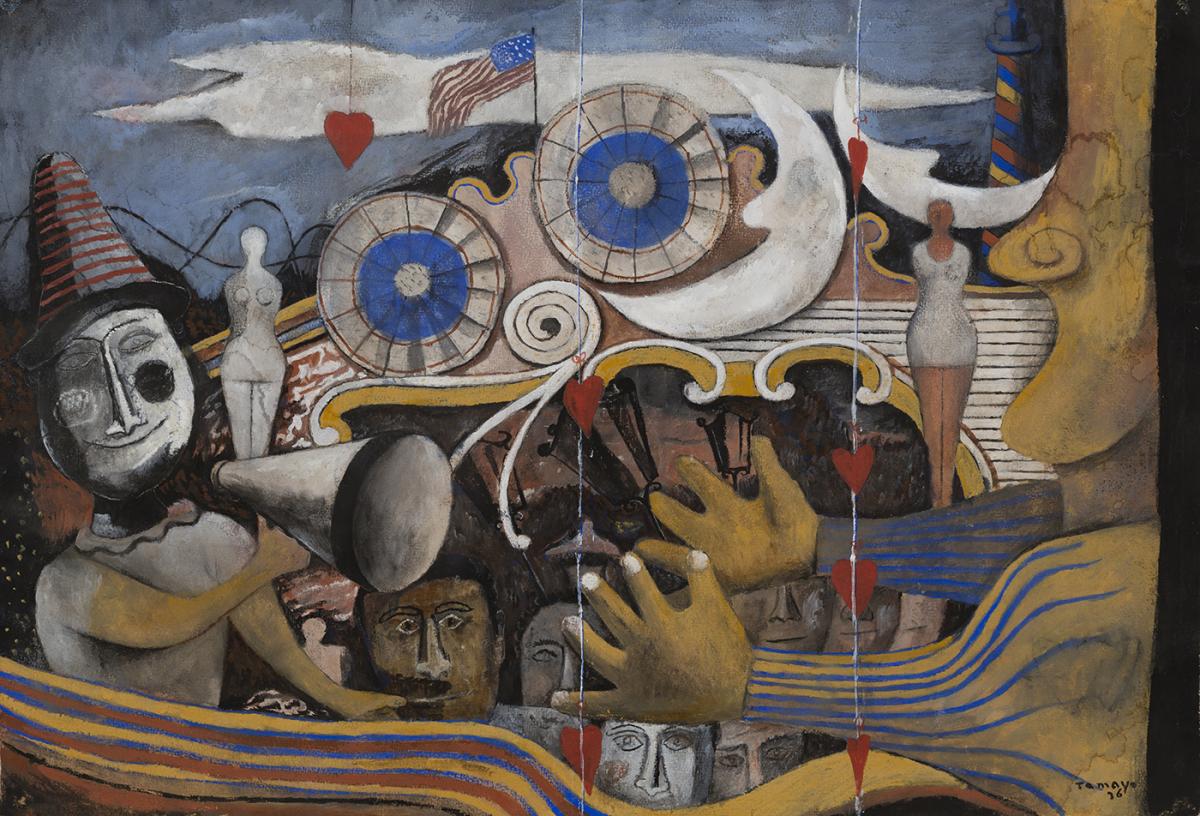Friday, November 3, 9:30 a.m.–5 p.m.
A Symposium held in conjunction with the exhibition Tamayo: The New York Years
The Smithsonian American Art Museum presents a symposium exploring the meaningful interactions between Mexican and US art and artists during the twentieth century. Taking Mexican artist Rufino Tamayo’s story as a point of departure, the program features new scholarship about the role of folk and indigenous art of the Americas in Pan-American modernism, sites and agents of intercultural exchange, the dynamics between Mexican and US art during the Cold War, and the fertile relationship between Chicano and Mexican artists.
The title of the symposium is taken from Alberto Ríos’s poem “The Border: A Double Sonnet” (2015) and invokes the notion that art and ideas transcend political boundaries between nations and people.
Symposium Webcast Playlist
This November 3, 2017 symposium, “A line that birds cannot see”: Mexican/US Art and Artists Crossing Borders in the 20th Century, highlights new scholarship about Rufino Tamayo and other important exchanges between Mexican and U.S. artists during the twentieth century. Together panelists explore the inter-American dynamics during the Cold War; forums of crosscultural exchange; and the fertile interactions between Chicano and Mexican art and artists. Deputy Chief Curator E. Carmen Ramos offers the keynote address followed by scholars including Jennifer Josten, University of Pittsburgh; Anna Indych-López, The City College of New York; Fabiola Martínez Rodríguez, St. Louis University, Madrid; Breanne Robertson, Marine Corps University; and Monica Bravo, Yale University.
Credit
The Latino Initiatives Pool of the Smithsonian Latino Center provided support for this symposium.














